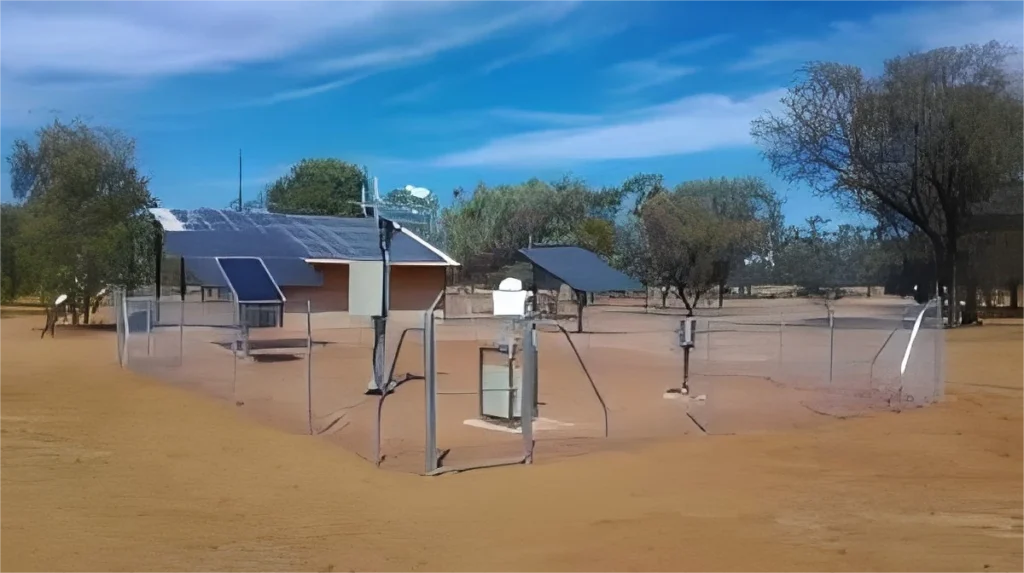Disadvantages of Automatic Weather Stations

,文章内容要详细,字数在1000字左右
html
Disadvantages of Automatic Weather Stations
Automatic Weather Stations (AWS) have revolutionized meteorology by providing real-time weather data with minimal human intervention. However, despite their numerous advantages, these systems are not without their drawbacks. This article explores the key disadvantages of automatic weather stations, highlighting the challenges they present in weather monitoring and data collection.
1. High Initial and Maintenance Costs
One of the most significant disadvantages of automatic weather stations is their cost. The initial investment required to purchase and install an AWS can be substantial, especially for high-quality systems with advanced sensors. Additionally, ongoing maintenance costs can be considerable, including:
- Regular sensor calibration and replacement
- Power supply maintenance (especially for remote stations)
- Data transmission fees
- Software updates and system upgrades
These costs can be prohibitive for small organizations or developing countries, limiting the widespread deployment of AWS technology.
2. Technical Failures and Downtime
Automatic weather stations are complex electronic systems prone to various technical issues:
- Sensor malfunctions due to extreme weather conditions
- Power supply failures, especially in solar-powered systems
- Communication system breakdowns
- Software glitches and data transmission errors
When these systems fail, they can result in significant data gaps that may compromise weather forecasting and climate research. Unlike manual stations where observers can often identify and compensate for instrument problems, AWS failures may go unnoticed until data anomalies become apparent.
3. Limited Sensor Capabilities
While AWS can measure many meteorological parameters automatically, they still have limitations in certain areas:
- Difficulty in accurately measuring certain phenomena like fog, hail, or snow depth
- Challenges in distinguishing between different types of precipitation
- Limited ability to observe cloud types and heights
- Restricted capability for qualitative observations (e.g., visibility estimates)
These limitations mean that AWS cannot completely replace human observers for all weather observation needs, particularly in aviation and other applications requiring detailed qualitative assessments.
4. Data Quality Issues
Automatic weather stations can produce data quality problems that may not be immediately apparent:
- Sensor drift over time without proper calibration
- Local environmental effects (e.g., heat from nearby buildings affecting temperature readings)
- Incorrect measurements due to sensor icing or obstruction
- Missing data during system failures or communication outages
These issues require robust quality control procedures and often necessitate manual verification, which can negate some of the efficiency benefits of automation.
5. Vulnerability to Environmental Factors
Automatic weather stations are particularly susceptible to environmental conditions that can affect their performance:
- Extreme temperatures can damage sensitive electronic components
- High winds may affect anemometer accuracy or damage equipment
- Heavy precipitation can clog rain gauges or damage sensors
- Dust, salt, or pollution can degrade sensors over time
- Wildlife interference (birds, insects, or rodents) can disrupt measurements
These vulnerabilities require careful site selection and protective measures, which may not always
